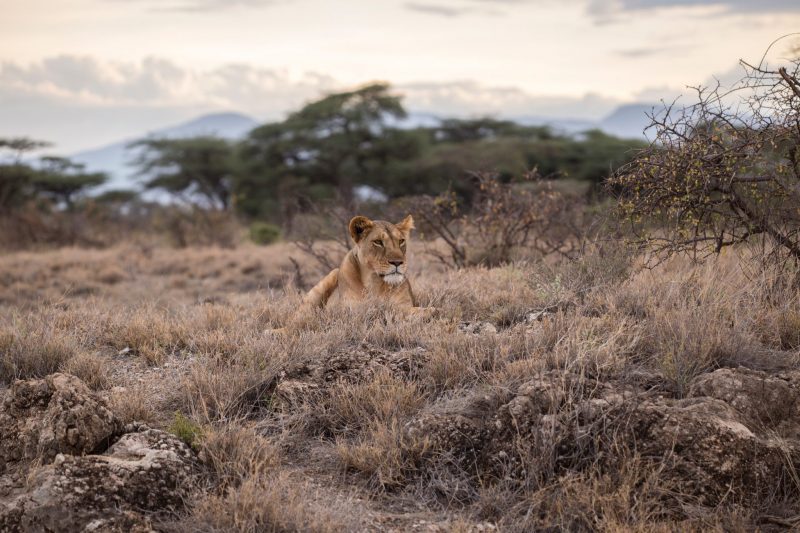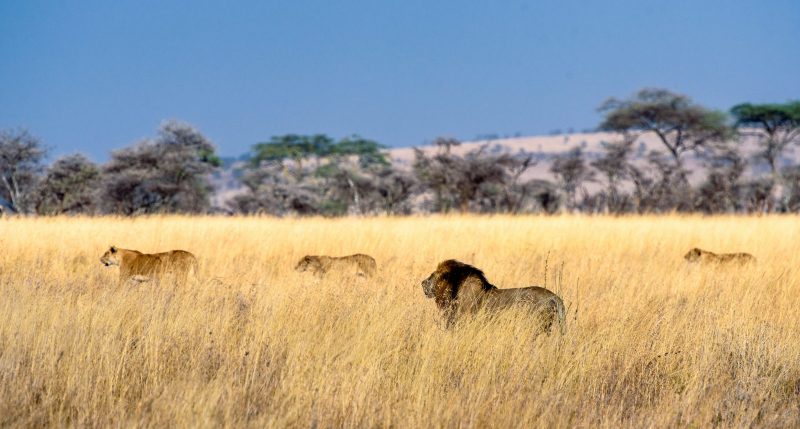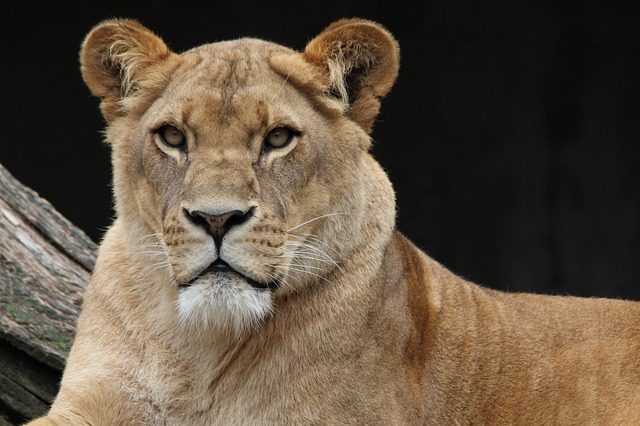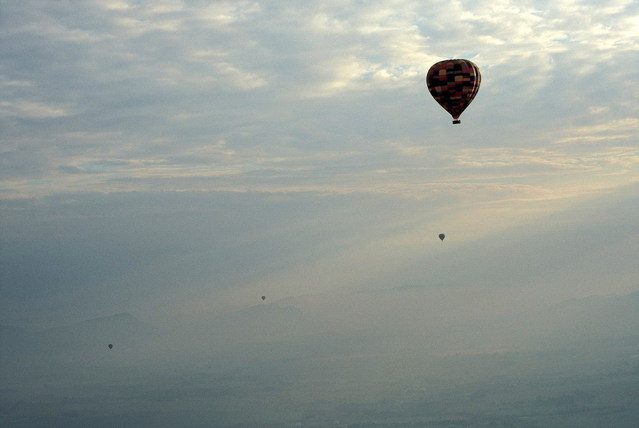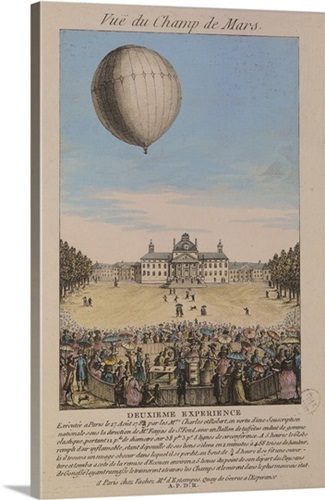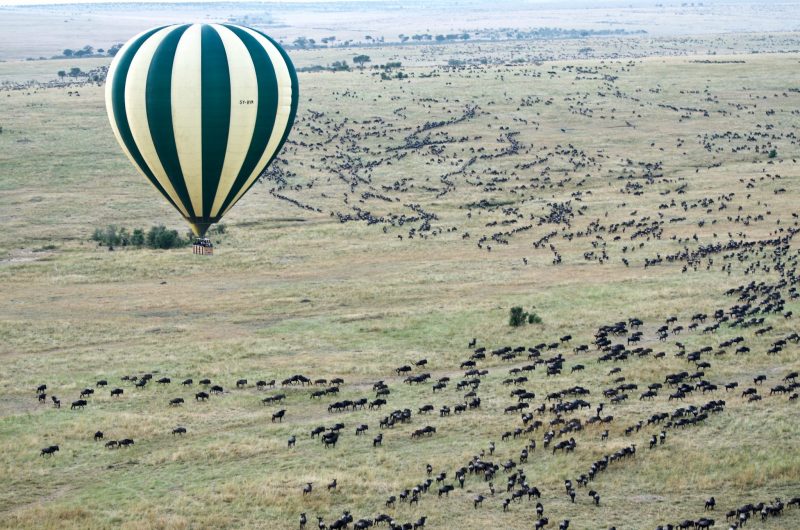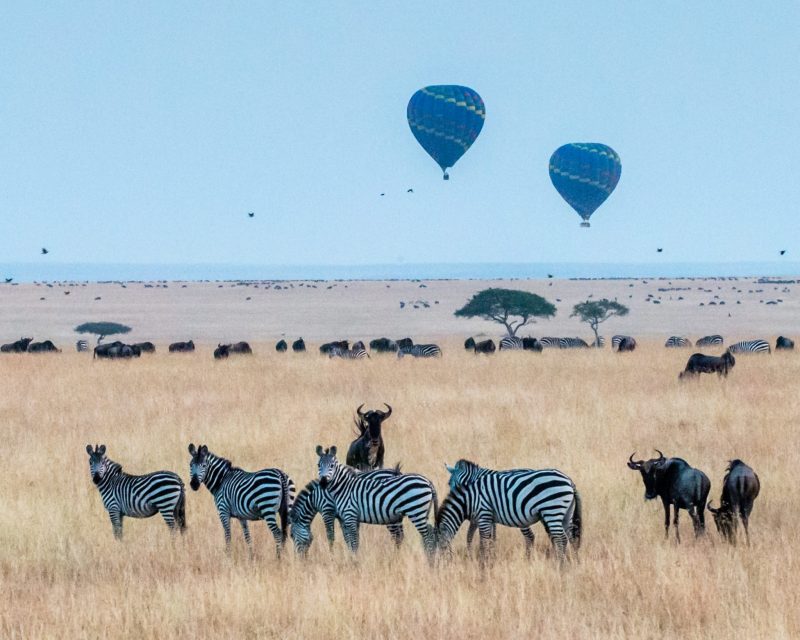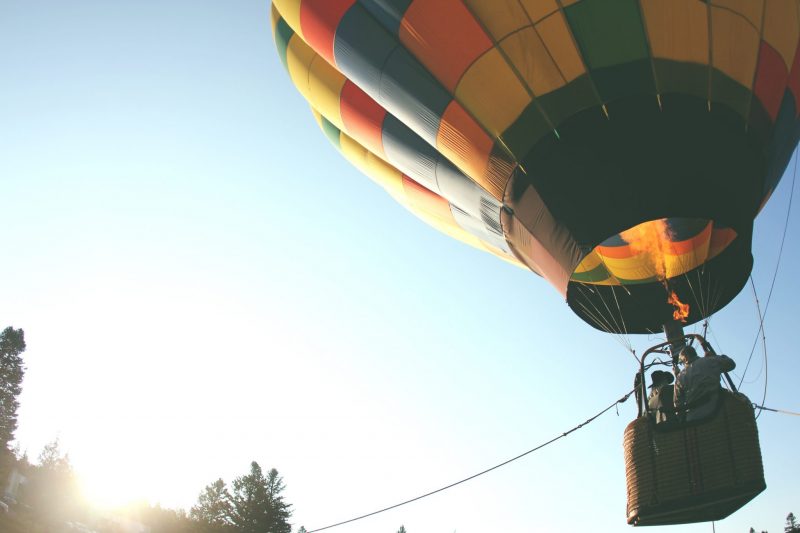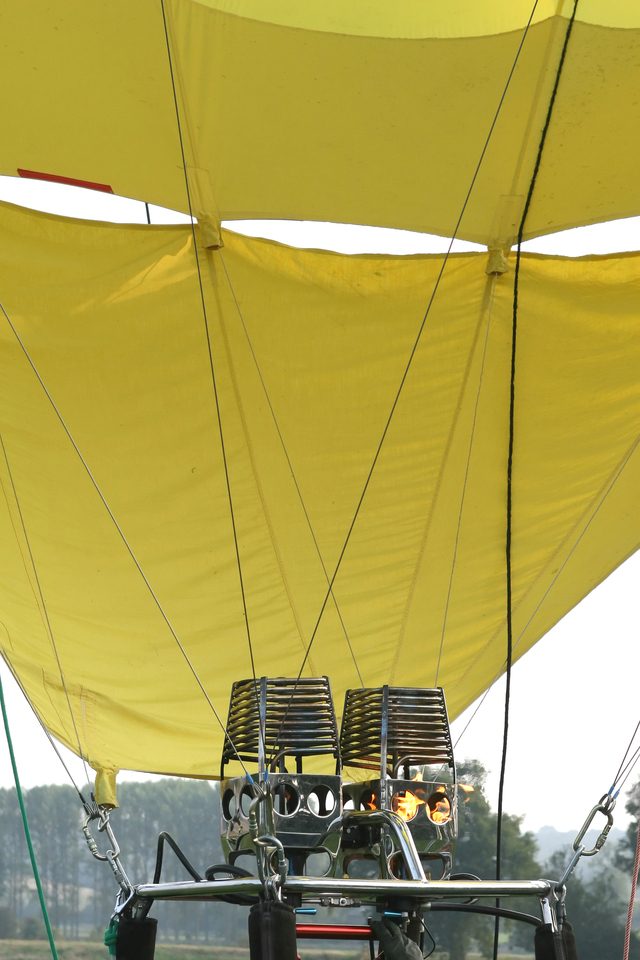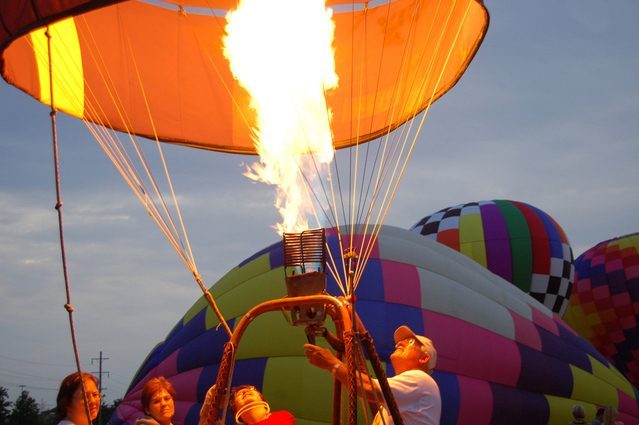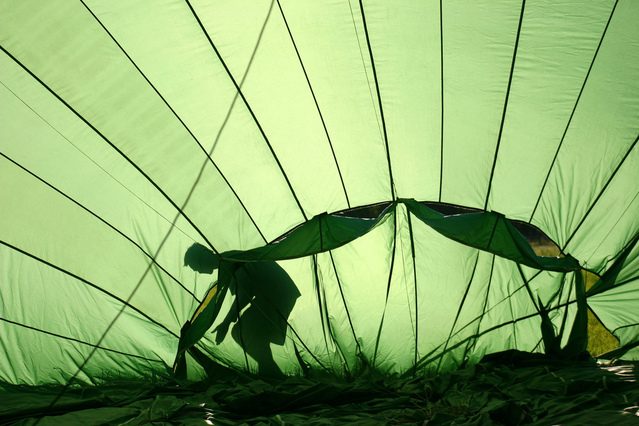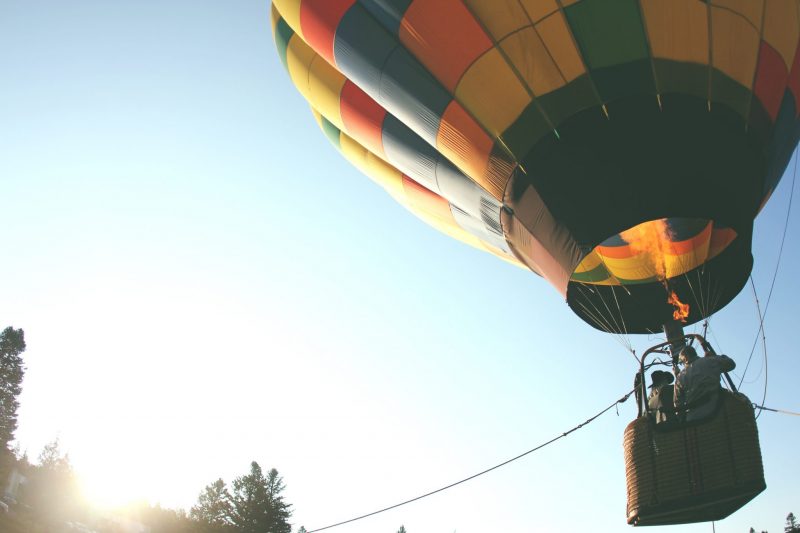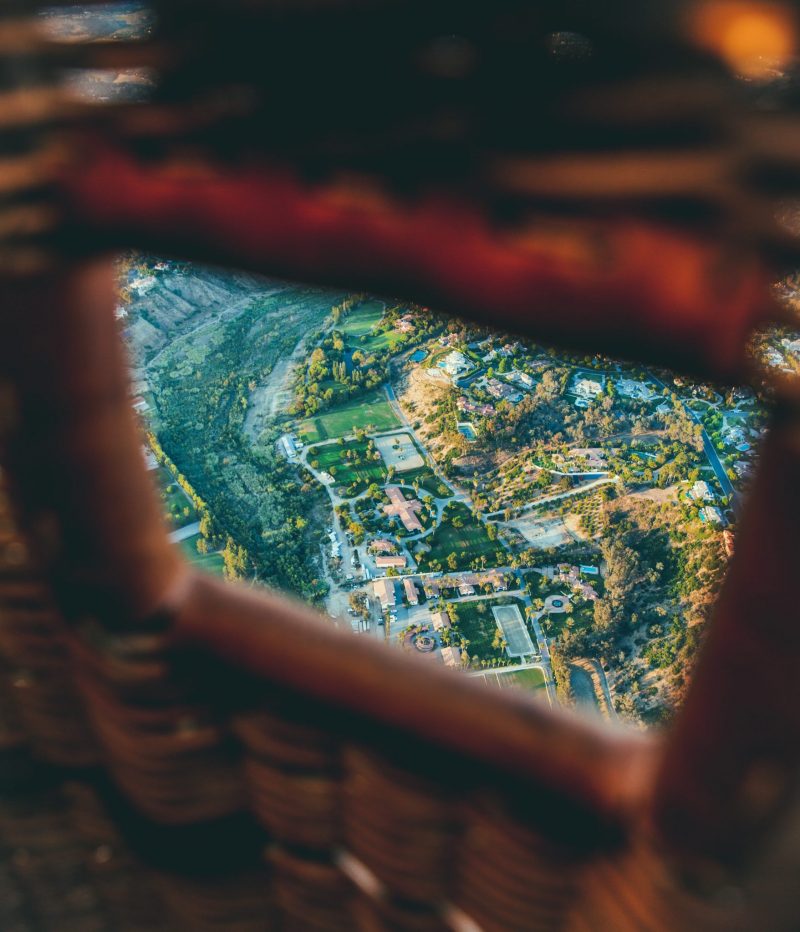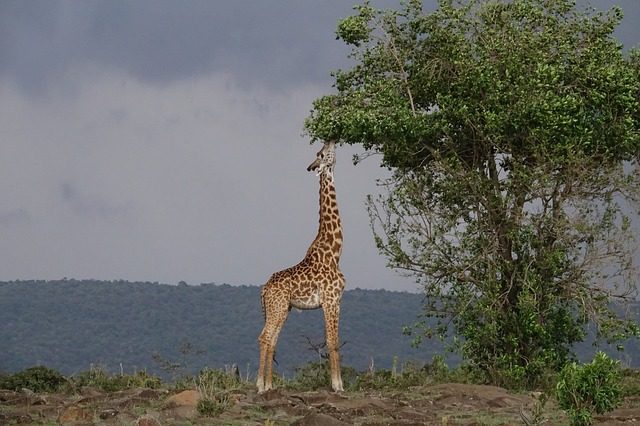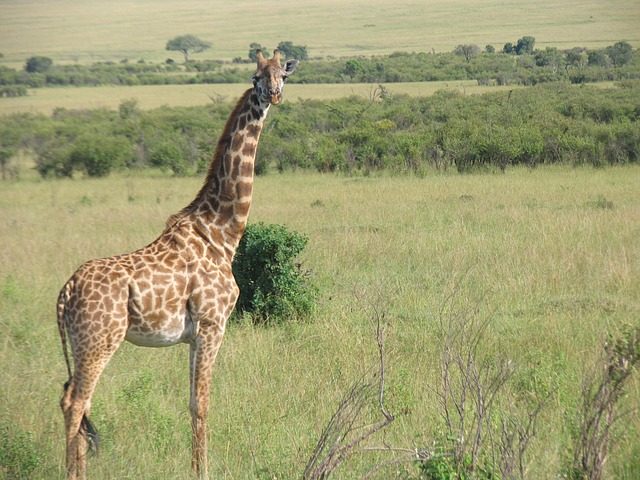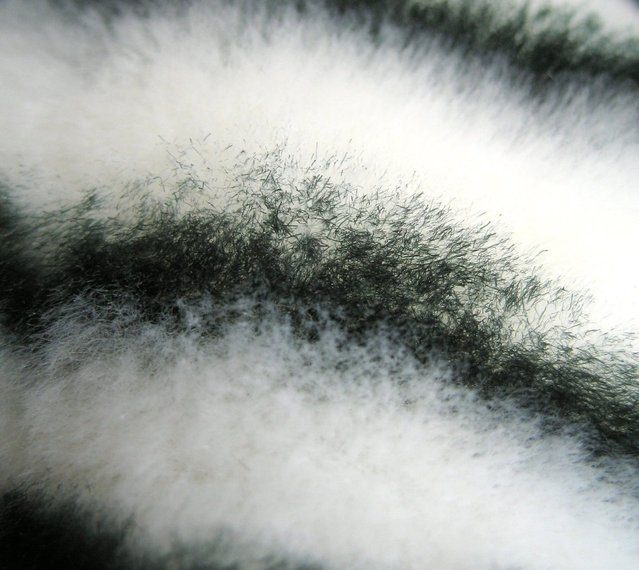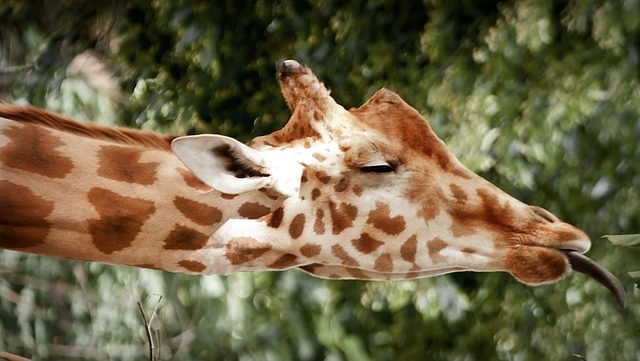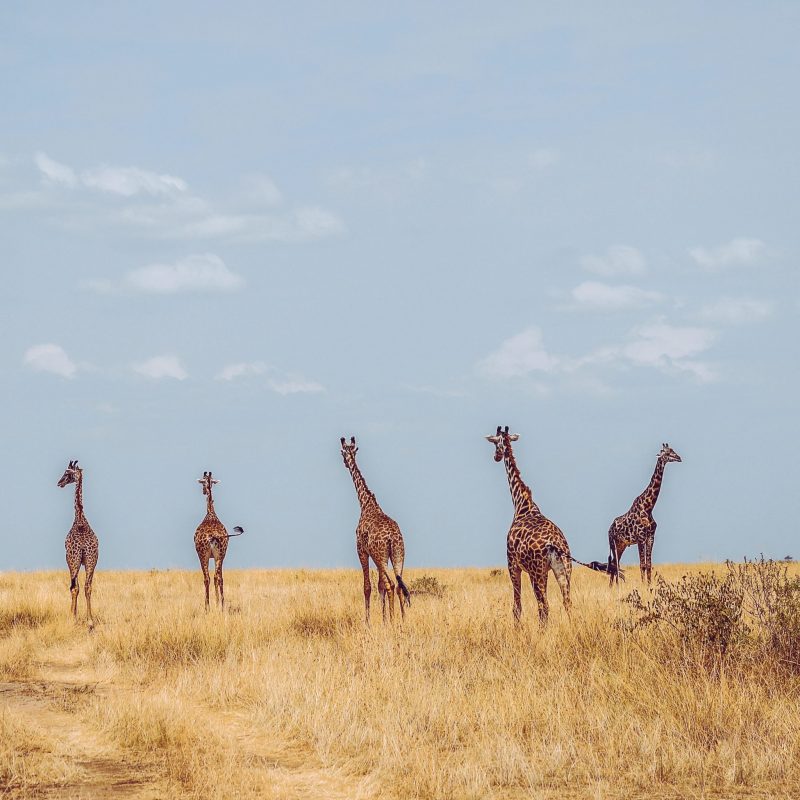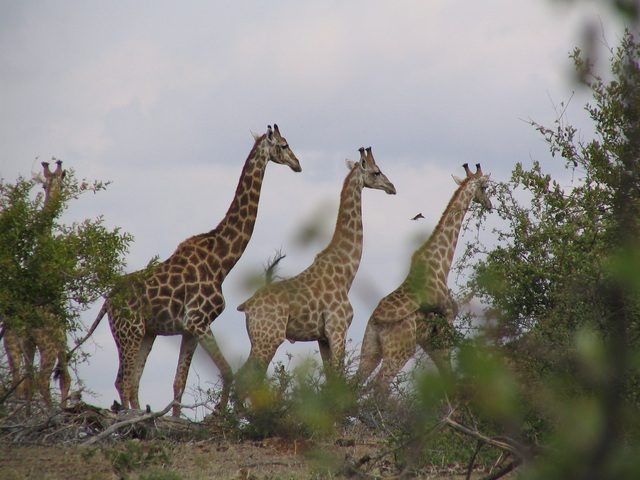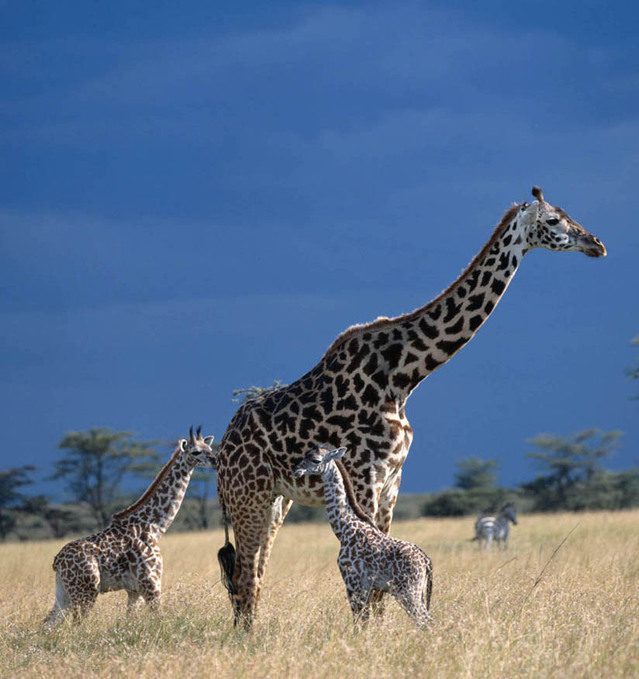-
Centuries ago, lions were the most ubiquitous large land mammals after humans, but today the African lion population is estimated to be a pitiful 20,000 in the wild. According to the estimates from Kenya Wildlife Service out of that roughly around 2,000 remain in Kenya. But the country is losing around 100 of them on an annual basis. According to the Fish and Wildlife Service of America, over the coming 20 years, it is projected to lose 50% of its population. In the past 20 years, its population had collapsed by 50 percent, although some put the decline rate higher.
-
A lion’s meal starts with the entrails such as the heart, kidneys, and liver. But this feral cat’s cuisine tastes vary widely. Some lions will eat everything except the stomach. Others show an adamant preference for the intestines. Some male lions prefer the flesh and will eat the hindquarters, which is the fleshiest part, while the females eat the entrails. The last part they touch is the head, and it is very unusual for them to open the skull. It’s fast-working digestive system allows them to gorge an average of 18kg in one sitting, and go for seconds shortly after.
-
A lone lion finds it difficult to catch a prey because the prey they choose to kill is faster and nimbler than the lions and can easily outrun a single lion. So, to increase their success rate, they hunt together using teamwork and smart tactics to bring it down. They form hunting parties to attack the fast animals found in the savannahs. Interestingly, the group organizes the hunting methods very well in a scientific and ruthless manner. They work cooperatively to attack the prey by forming two groups. Each lioness develops her unique role contributing to the success of killing.
-
Balloon building is a craft century in the making. The invention of one on the 4th June 1783 brings to mind two brothers, both prosperous paper manufacturers, named Joseph-Michel Montgolfier and Jacques-Etienne Montgolfier who made its first forays. They observed that heated air flowing into a fabric bag made it rise. The brothers thought that they had discovered a gas that was lighter than air. In fact, it was merely air, which became buoyant as it was heated. The bag rose because the air within was less dense and lighter than the surrounding atmosphere, which then pushed against the bottom.
-
Record Breakers In Hotair Balloon Industry On the 27th of August 1783 Jacques-Alexander-Cesar Charles, the French inventor launched a hydrogen balloon. He then went on to design and build a larger hydrogen balloon with the help of two engineering brothers Anne-Jean and Marie-Noel Robert. They included in it most of the…
-
A typical balloon ride lasts for about an hour. Weather conditions are best just after sunrise and 2 hours before sunset because light winds often occur during these timings. In between those times, when the sun is at its zenith, thermals make ballooning hazardous, although hot-air balloons can withstand temperatures of up to 250°F. But many ask how to maneuvre an hotair balloon. The launch and ground crew consisting of a minimum of four people spends much of the time inflating and deflating the balloon. Duties of the crew include launching, following in the vehicle, and getting permission for landing.
-
The pioneers of inflatable planes are unsung heroes. Mentions of them are few and far between. But giving credit where it is due is only appropriate. The pioneers of hotair balloons expounded on the buoyancy theory while designing the craft. The credit for hotair balloon invention goes to Jacques-Etienne and Joseph-Michel Montgolfier. They lived in the 18thcentury in Annonay, a town in France. Montgolfiers were paper manufacturers. Legend has it that the brothers took inspiration from watching the skirts of Joseph’s wife. The skirt billowed from the heat of a kitchen burner. Joseph’s wife used the burner to dry clothes.
-
The basket is the lowest part of the balloon, just underneath the burner. The basket is the compartment that carries the propane gas tank, the pilot, the passengers and other instruments. Baskets come in a variety of shapes and sizes. Some are smaller for private flights, and others are larger for commercial flights. It is also possible to tailor-make the basket to a set specification, from the wall height and width. Perhaps what makes wicker a resilient material would be a good follow-up read or study. If the wicker properties can assure safety in the air, it warrants further study.
-
The pilot controls an hotair balloon using the temperature inside the envelope. And the burner is the tool that he or she uses to control the temperature. That is why the burner is the engine of the balloon. An increase in the inside temperature sends the flight higher. And a decrease helps it land. In between, the pilot horizontally maneuvers it by catching the air drift at different altitudes. As the industry progresses, the world may have many other types of them. With the advancement of artificial intelligence, there might be a time when the balloon can fly even remotely.
-
The two important components of the balloon envelope are its fabric and vents. Other ballooning gears facilitate its functioning. During the flight, the pilot is always studying the altitude, pressure, and other aspects using various instruments. Pilots have a tremendous amount of control over the balloon’s rise, altitude, steering, descend and landing. They monitor it with various instruments using anticipation skills. These are equipment other than the envelope, burner and basket that the pilots use frequently. During a flight the pilot requires some of them, but not all. The instruments used during the flight are a fascinating study in itself.
-
Many people are enthusiastic about flying a hotair balloon. The next thing they do is to venture out and grab the best do-it-yourself kit available in the market. Those kits may provide information needed to make and operate a balloon but leave out the subtle nuances. For example, people wonder why the large size. They are large because of the need to create a lift that exceeds the volume of hot gas. The balloon takes an enormous amount of hot air to rise. It needs air with a temperature of 120°C and a radius of 4m to lift one person.
-
A basket, a burner and an envelope make up a hotair balloon. It’s a simple equipment. People had been using the same three components – basket, burner, envelope – for balloon ever since its invention in the 18thcentury. Although the sophistication level is higher, it still is composed of just those three things. The only difference is that the advanced technology has enabled it to fly higher, faster and safer. Perhaps by passing through the industry experience curve, balloons may be able to sustain longer distances in shorter time frame. With cutting-edge machinery, it is easy to fathom such a
-
The buoyancy theory was introduced by the Greek mathematician Archimedes. It is an upward force the air exerts when heated that defies the force of gravity. According to this principle, the upward resilient force is the same as the weight of the air that is displaced. Hotair balloon is an original application of this fundamental scientific principle. It rises due to the displacement of air. Ever since then, the idea has been gaining momentum. It gave birth not only to hotair balloon but eventually also to a full-fledged aviation industry. Along the way aviation history has witnessed some key moments.
-
The giraffe is an iconic and awe-inspiring creature and the tallest mammal on earth. Both ancient and modern cultures revered it and described it as being magnificent in appearance. But they are weird too, with their long necks and legs, large eyes and long lashes, ambling gait and calm demeanor as well as striking coat pattern. They play a unique role in the ecosystem by eating leaves too high for use by other animals. Giraffes spot the predators before any other animals because of their height, and then they warn the others about the danger through their soundless communication method.
-
Maasai giraffes are the tallest of the subspecies of giraffes. They do not have to compete with other animals for food because of their height. As a strict herbivore, a giraffe is adapted to reach shoots, foliage, fruits, flowers and other vegetation from tall trees that are inaccessible to other herbivores because of its extreme height and long necks. The height also helps them to remain in areas where grazing has obliterated the plants close to the ground. Giraffes can survive in regions with scarce water. They can go for days without drinking and stay hydrated by the leaves’ moisture.
-
There are nine species of giraffes in Africa, although the taxonomy is not widely and popularly agreed. They are the Reticulated or Somali giraffe, Kordofan giraffe, Nubian giraffe, South African or Cape giraffe, Angolan or Smokey giraffe, West African or Nigerian Giraffe, Maasai or Kilimanjaro giraffe, Rhodesian or Thornicroft giraffe and Rothschild or Ugandan giraffe. Some scientists regard West African and Kordofan giraffes as a single subspecies; the same way with Rothschild’s and Nubian giraffes, as well as with South African and Angolan giraffes. Further, some scientists consider all of them except the Maasai giraffes belonging to a single subspecies.
-
Once the giraffes lie down to sleep, getting up quickly even in response to a predator’s attack is an awkward and time-consuming procedure. Those lean legs take some time to get off the ground. Therefore, when giraffes sleep, more often they remain fully standing with their neck and head curved around to rest on their hump. Or they engage in a sort of half-sleeping period in a fully upright position, in which the eyes are half-open, and the ears keep twitching. They have also been known to occasionally keep an eye open protecting itself by almost never going off alert.
-
When the giraffe bends down to drink, the gravitational force is not only reduced but also reversed. Otherwise, the blood that is pumped towards the brain possibly may lead to brain damage. But the harder pumping to get the blood uphill results in high blood pressure. Therefore, the blood pressure of giraffe is exceptionally high. The blood pressure of a giraffe’s heart can reach roughly twice as that of a human being. But in their heads, the blood pressure remains the same as a human’s irrespective of whether they are drinking at ground level or chomping leaves from the trees.
-
The neck of a giraffe is an easily recognizable feature because it is very long. It has seven cervical vertebrae, each one 25 cm long. They put them to use when battling with other giraffes for mates and territory, and when picking food from tall trees. Another interesting feature is its horns that are called ossicones. They are covered in skin and formed from ossified cartilage. But the giraffe skin produces an unpleasant smell. While no one knows what accounts for its long necks, there are enough studies done on ossicones and explanations given as to what causes the stink.
-
At an average height of 5.6m from the ground to the horns, the tallest land-based mammal in the world is giraffe. Despite its tallness, it is closely related to the smaller Okapi that is found elusively in the dense tropical forests. Giraffes are rarely heard and are considered silent mammals, but when disturbed, they will growl, grunt and snort to warn others of the danger. Some other communication sounds are mooing, moaning, hissing, snoring, and flutelike sounds. Mother giraffes search for their lost young by whistling and bellowing calls. And the young return the mother’s calls by mewing or bleating.

